Welcome to a world where technology seamlessly integrates into our living spaces, enhancing aesthetics and functionality. As home technology architects, we’re passionate about transforming unsightly “wall acne.” Do you know what “wall acne” means? Designers snidely refer to it as the collection of switches required to run the numerous lights, shutters, and other controls clogging up their designs. Today, I’ll introduce three ways to tackle this problem: voice control, touchscreens, remotes, and the latest trend—concealed capacitive technology on ceramic surfaces.
But before we dive into the depths of this transformative technology, allow me to share a personal anecdote. In my own home, I use Control4 custom engraved keypads. These elegant, programmable devices have become an integral part of my daily life. They allow me to effortlessly control various aspects of my home environment. Whether it’s adjusting the lighting to create the perfect ambiance for a cozy movie night or quickly selecting my favourite playlist. These engraved keypads have become my trusted companions in maintaining a seamless, personalized living experience.
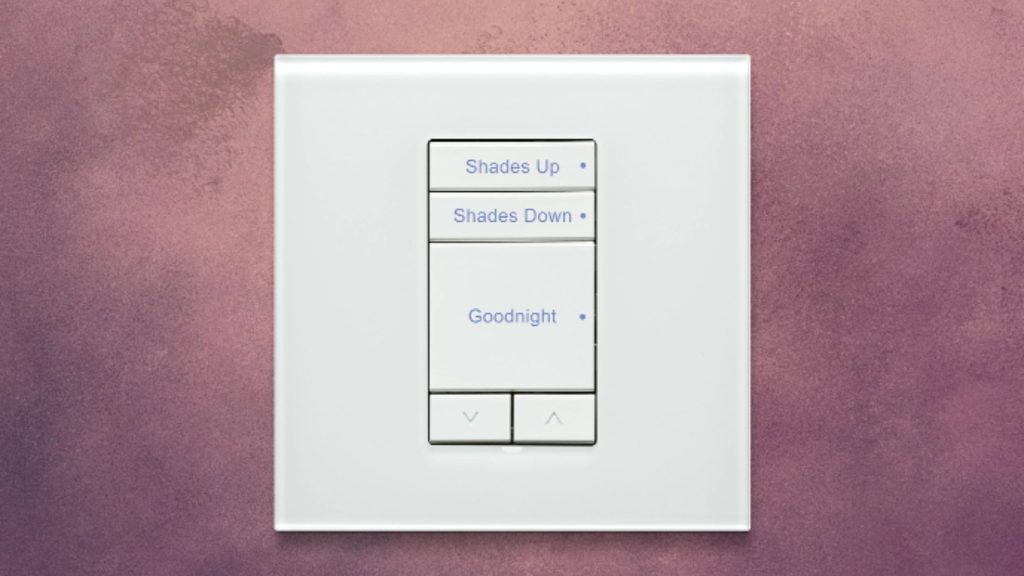
Turn on or off multiple rooms, or your entire house, with one tap as you’re headed off to work or turning in for the night.
Traditional Approaches to Addressing Wall Acne
When it comes to tackling the issue of wall acne, several traditional approaches have been widely embraced. These tried-and-true methods have paved the way for more convenient and aesthetically pleasing control options. Let’s delve into three of these approaches: voice control, touchscreens, and remotes.
Voice Control: Enhancing Accessibility and Convenience
Imagine effortlessly managing your wall-mounted devices with just a simple voice command. Voice control technology has revolutionized the way we interact with our surroundings. By employing voice assistants like Amazon Alexa or Google Assistant, controlling various systems and appliances becomes a hands-free experience. With a mere utterance, you can adjust lighting, activate entertainment systems, or set the thermostat. Embracing voice control not only adds a touch of futuristic sophistication but also simplifies our daily routines.
Touchscreens: Streamlining Interactions
In our quest for seamless control, touchpads have emerged as an elegant solution. These sleek interfaces offer intuitive touch controls for managing a myriad of functions. With a swipe or a tap, you can effortlessly adjust lighting levels, control motorized shades, or fine-tune audiovisual systems. The beauty of touchscreens lies in their simplicity and versatility, providing a streamlined and efficient way to interact with your environment. From adjusting room ambiance to managing multi-room audio, touchpads put control at your fingertips.
Remotes: Simplifying Device Management
Remote controls have long been a staple in home automation, providing a centralized solution for managing multiple devices. Whether it’s a dedicated remote for your entertainment system or a universal remote that handles various functions, these handheld devices simplify device management. With a single click, you can command your audiovisual equipment, adjust room temperature, or even activate your security system. Integrating remotes with other control systems further enhances their functionality, ensuring a seamless and cohesive user experience.
While these traditional approaches have significantly improved the way we interact with our living spaces, technology continues to evolve, creating a demand for more innovative and aesthetically pleasing solutions. Enter concealed capacitive technology, the latest trend that promises to redefine our perception of wall acne. In the next section, we’ll explore this groundbreaking advancement and its transformative potential in creating flawless, uncluttered walls.
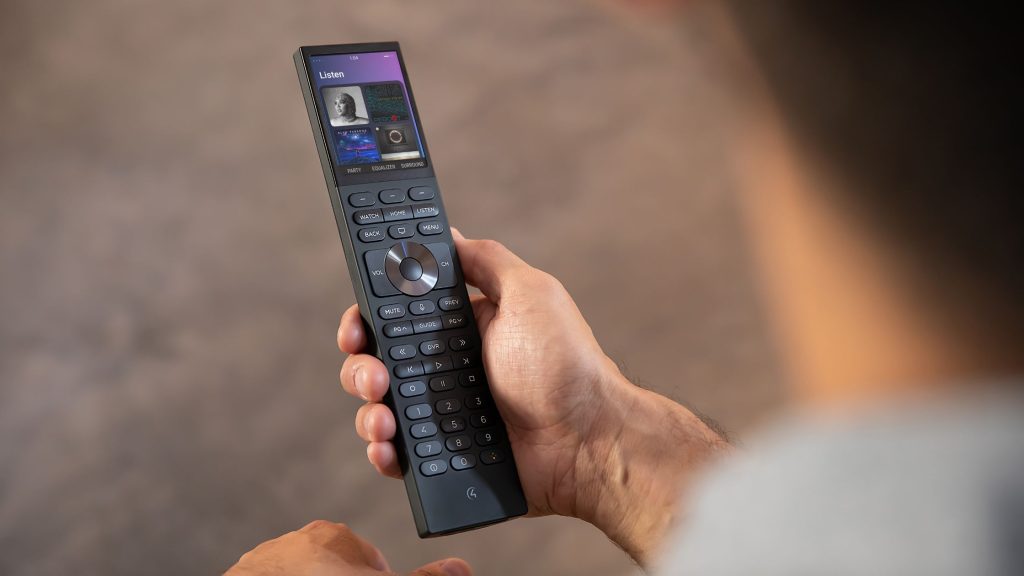
The Control4 Halo Remote: Singular, intelligent remote capable of media browsing, device, and scene controls for AV, lighting, comfort, and security.
The Rise of Concealed Capacitive Technology
As technology advances, our quest for sleeker solutions to combat wall acne intensifies. Enter concealed capacitive technology—a rising trend revolutionizing aesthetics and user experiences. Let’s delve into the captivating world of concealed capacitive technology applied to ceramic surfaces.
Concealed capacitive technology offers numerous advantages. Firstly, it seamlessly integrates within living spaces, enhancing aesthetics. No more unsightly control panels or protruding buttons; instead, controls are discreetly embedded within ceramic surfaces. This creates an uninterrupted and visually appealing environment.
Furthermore, concealed capacitive technology provides an intuitive user experience. Capacitive touch controls respond effortlessly to gentle touches, allowing users to adjust lighting, control audiovisual systems, and activate smart devices. The technology’s responsiveness makes control feel natural.
The applications of concealed capacitive technology are vast. Imagine effortlessly adjusting lighting, shading, and temperature by touching the ceramic wall. With concealed capacitive technology, intelligent lighting and shading controls become a reality, offering personalized and dynamic environments. Additionally, this technology seamlessly integrates with audiovisual systems, delivering an immersive entertainment experience with effortless control.
Energy management benefits from concealed capacitive technology as well. By blending seamlessly with ceramic surfaces, it efficiently controls and manages energy consumption. From adjusting HVAC systems to monitoring power usage, concealed capacitive technology offers an intuitive and environmentally conscious solution.
Looking ahead, concealed capacitive technology is poised for further advancements. Its integration with artificial intelligence and machine learning holds great potential for personalized and intelligent control experiences. The future promises endless possibilities, reshaping our living spaces.
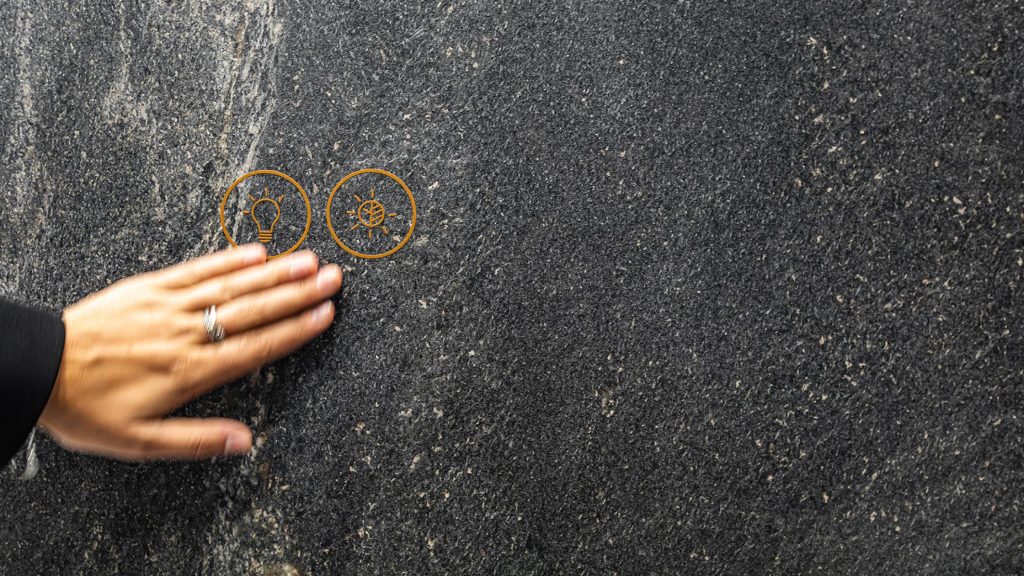
Hypertouch: an interactive sensor integrates smart home controls.Perfect for walls or countertop surfaces like porcelain or granite.
Implementing Concealed Capacitive Technology on Ceramic Surfaces
Now that we understand the benefits of concealed capacitive technology, let’s explore its implementation on ceramic surfaces. Through innovative techniques and materials, this technology seamlessly integrates into spaces, transforming them into sleek and functional environments. Here, we’ll delve into real-world examples and the integration of concealed capacitive technology in homes and offices.
In residential applications, concealed capacitive technology brings modernity and elegance to living spaces. For instance, a kitchen’s ceramic backsplash can serve as a control surface for lighting, ventilation, and recipe displays. With a gentle swipe or tap, homeowners effortlessly navigate options, creating a seamless cooking experience. Similarly, bathrooms with concealed capacitive controls embedded in ceramic tiles offer intuitive adjustments of water temperature, lighting, and mirror defogging, enhancing comfort.
In office environments, concealed capacitive technology finds its place in conference rooms and executive suites. Ceramic conference room tables with integrated touch controls allow participants to manage audiovisual equipment, lighting, and presentations with ease. This seamless blend of technology and the work environment fosters productivity. Furthermore, executive desks equipped with concealed capacitive controls offer a seamless way to manage lighting, privacy glass, and devices.
The implementation of concealed capacitive technology on ceramic surfaces offers endless customization and personalization possibilities. Engraving or printing icons, labels, or custom designs on the ceramic creates a unique control experience that integrates seamlessly into the design aesthetic. This level of personalization reflects the individuality and style of the space.
Moreover, concealed capacitive technology seamlessly integrates with existing automation systems. By connecting to centralized home automation platforms like Control4, users can manage lighting, audiovisual systems, climate control, and security features through a unified interface. This integration enhances the user experience, providing a centralized control hub for the entire space.
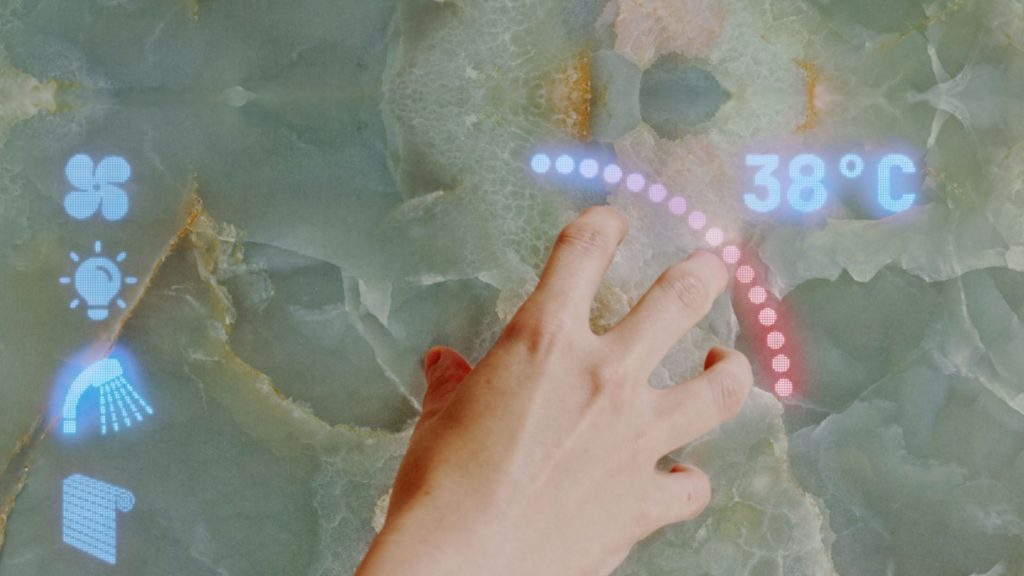
Sensonic Design: Just by touching the wall, users can control such things as lights, media, blinds, HVAC and water.
Conclusion
Concealed capacitive technology applied to ceramic surfaces offers remarkable advancements in seamless integration and eliminates wall acne. While this technology brings numerous benefits, it’s essential to address concerns and considerations raised by different generations and users.
For baby boomers, comfort and simplicity in maintenance are key considerations. While they appreciate the convenience and aesthetics of concealed capacitive technology, they may be concerned about potential breakdowns and the associated maintenance. It’s important to provide clear instructions and support channels to address any issues promptly and ensure a hassle-free experience.
On the other hand, younger clients seek the convenience of controlling everything from their smartphones, from heated floors to motorized exterior shades and appliances. They expect flawless performance and a user-friendly interface. It is crucial for concealed capacitive technology to work seamlessly and reliably, avoiding frustrating experiences like searching for sensor activation in public restrooms.
Additionally, the learning curve associated with this technology may pose challenges for individuals who are not as tech-savvy. Providing comprehensive user manuals and offering training or support can help users navigate and fully utilize the capabilities of concealed capacitive technology.
While concealed capacitive technology can greatly enhance the living experience in residences, it may not be suitable for guest suites or spaces where temporary occupants may struggle to locate or operate the hidden controls. In these areas, alternative control solutions should be considered to ensure ease of use for all guests.
Taking into account the concerns and feedback from different generations and users will be essential in the successful adoption of concealed capacitive technology. By addressing maintenance issues, ensuring user-friendly interfaces, and providing comprehensive support, we can create an environment where the benefits of this technology can be fully realized while minimizing potential challenges.
Experience the future of control and automation with S3 Europe. Get in touch with us now to embark on your journey to a seamlessly integrated, technologically advanced space.


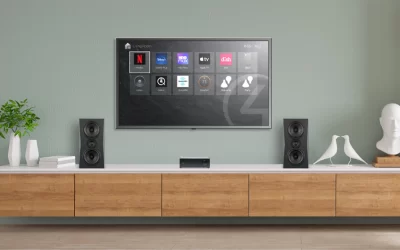
0 Comments